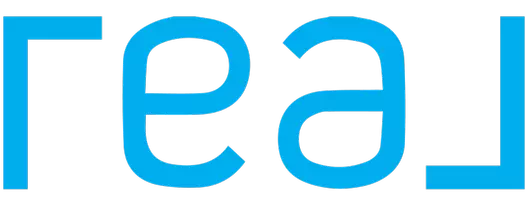Understanding Mortgage Options: Fixed vs. Adjustable Rate

Securing a mortgage is a significant step in the homebuying process, and choosing the right type of mortgage can have a lasting impact on your finances. Two common options are fixed-rate mortgages and adjustable-rate mortgages (ARMs), each offering distinct advantages and considerations. In this guide, we'll explore the differences between fixed and adjustable-rate mortgages, helping you understand the pros and cons of each and make an informed decision that aligns with your financial goals.
Fixed-Rate Mortgages:
-
Stability: Fixed-rate mortgages offer stability and predictability, with a consistent interest rate and monthly payment throughout the life of the loan. This can provide peace of mind and make budgeting easier, as you won't be subject to fluctuations in interest rates.
-
Long-Term Planning: With a fixed-rate mortgage, you can plan for the long term with confidence, knowing that your mortgage payment will remain the same for the duration of the loan. This can be beneficial if you prefer stability and want to avoid the uncertainty of future interest rate changes.
-
Protection Against Rising Rates: Fixed-rate mortgages protect you against rising interest rates, allowing you to lock in a low rate for the entire loan term. This can be advantageous in a rising rate environment, as you won't be affected by increases in market interest rates.
Adjustable-Rate Mortgages (ARMs):
-
Lower Initial Rates: ARMs typically offer lower initial interest rates compared to fixed-rate mortgages, which can result in lower monthly payments and potentially save you money in the short term. This initial affordability can be attractive to borrowers who plan to sell or refinance before the initial rate period ends.
-
Potential for Lower Payments: During the initial rate period, your monthly payment on an ARM may be lower than with a fixed-rate mortgage, providing flexibility and potential cost savings. However, it's essential to consider the possibility of payment increases when the interest rate adjusts.
-
Flexibility: ARMs offer flexibility, with interest rates that adjust periodically based on market conditions. This can be advantageous if you expect your income to increase or plan to sell or refinance within a few years. However, it's essential to understand the potential for payment increases and plan accordingly.
Considerations:
-
Rate Caps: Both fixed-rate and adjustable-rate mortgages may have rate caps that limit how much your interest rate can increase over time. Be sure to review the terms of your mortgage agreement carefully, including any caps on interest rate adjustments.
-
Market Conditions: Consider current market conditions and economic trends when choosing between fixed and adjustable-rate mortgages. While fixed-rate mortgages offer stability, adjustable-rate mortgages may be more attractive in a low-rate environment or if you plan to sell or refinance before the initial rate period ends.
When selecting a mortgage, it's essential to weigh the pros and cons of fixed and adjustable-rate options and consider your financial situation, goals, and risk tolerance. Fixed-rate mortgages offer stability and predictability, while adjustable-rate mortgages provide initial affordability and flexibility. By understanding the differences between these mortgage types and evaluating your needs, you can choose the option that best suits your circumstances and helps you achieve your homeownership goals.
Recent Posts










GET MORE INFORMATION

Team Lead | License ID: 100041185

